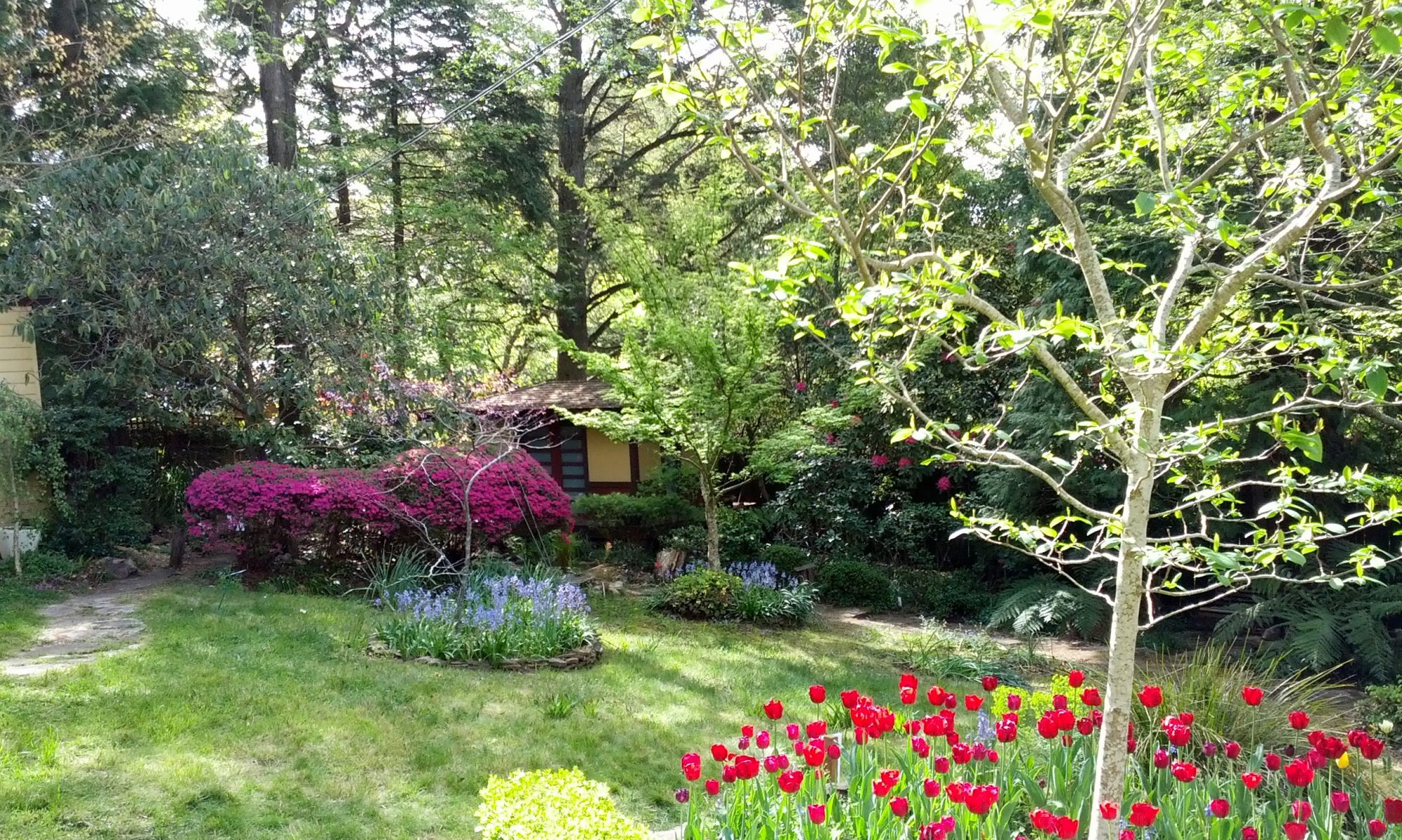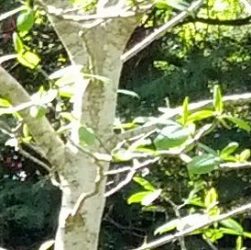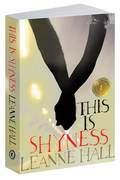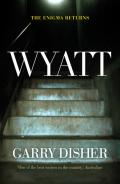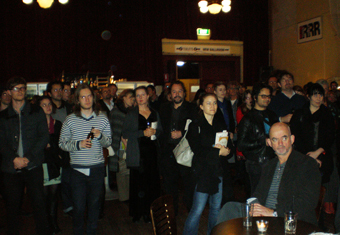 It’s usual that even the most badly-made, dull film based on a book will boost sales of the book enormously. How the publishers salivate when they can put film tie-in on the front cover.
It’s usual that even the most badly-made, dull film based on a book will boost sales of the book enormously. How the publishers salivate when they can put film tie-in on the front cover.
Julie and Julia, Fight Club, Three Dollars, The Interpreter, The Time Traveler’s Wife spring to mind. It will be interesting to see if the film of Eat, Pray, Love can squeeze any more juice out of that title. Has anyone who can stomach EPL not read it already? But, then again, that’s what we thought about the Twilight and Harry Potter books.
I haven’t seen Tomorrow, When the War Began, the new Australian film based on the first novel in John Marsden’s Tomorrow series for teenagers, but from what I saw on the Movie Show (I still call it that – the new name being too long and silly) it looked very “made for TV”.
So I was surprised to read in Michael Bodey’s Reel Time in The Australian that the film has grossed nearly $9 million so far at the box office. That makes it the 7th “highest grossing local film since 2000”.
I suspect, in this case, the popularity of the book has increased the box office, rather than the other way around.
More in keeping with my first theory is the Jane Campion film Bright Star (which I did see and love). The film “tie-in” was a lovely edition of the poems and letters of Keats titled Bright Star and with the fetching bluebell scene with Abbie Cornish as Fanny Brawne on the cover.
I’m sure it was a long time since Keats had been up at the front of the shop.
